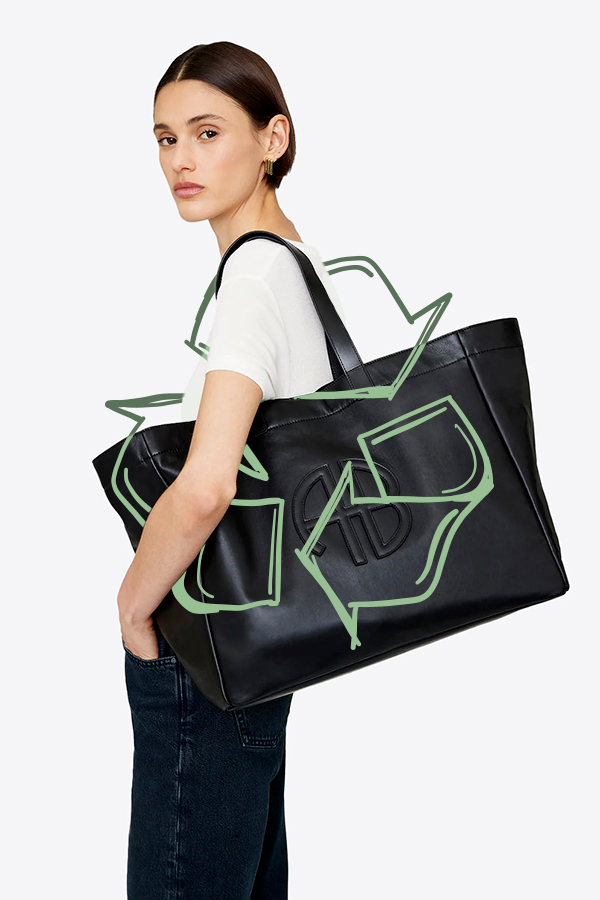


News
1 December 2024
According to studies, fashion is one of the most polluting industries on the planet… so what should we do? Buy better quality! And that’s good, because even the greatest designers are starting to change their labels, for more virtuous materials, and they are also committing to less polluting manufacturing processes. Sometimes we get a little lost in all this specialized jargon so we have prepared a recap for you of what you need to know to understand, buy more responsibly and thus act on the planet. Green shopping is yours!
Also called “organic cotton” (organic means organic in English), organic cotton is not regulated by a particular jurisdiction. These are international certification labels which govern the organic designation. Thus, a label can certify only the cotton, and the way in which it was grown, or it can certify the finished garment, and therefore the entire manufacturing process, finally it can certify an entire brand. So what is organic cotton? A material that has been grown in a healthy way and followed a production chain that is as environmentally friendly as possible. Regarding its cultivation, organic cotton seeks to use as little water as possible, and does not use herbicides or insecticides. Concerning its pure manufacture, organic cotton guarantees that the materials used are not polluting. For example, cotton is bleached with hydrogen peroxide and not chlorine. Dyes, when available, must be made without carcinogenic substances and heavy metals.
The advantages of organic cotton?
Organic cotton also uses less water because the soils where it is grown retain water and humidity much better as they are composed of organic materials. A virtuous commitment that improves soil health, takes care of the planet and gives life to a material that is very pleasant to wear.
Vegan leather is leather… without leather! Abracadabra! Leather is normally animal skin, whether cow, goat, or python! Vegan leather implies that there is no animal material, in a word, it is imitation leather, but said nicely! Today, superb imitations allow you to wear faux leather, well sorry, vegan leather, giving the impression that you are wearing real leather.
The advantages of vegan leather?
There are many of them! It often costs less, and it’s animal-friendly.
Finally, be careful, the use of the word “leather” is now regulated. Decree 2010-29 of January 8, 2010 stipulates that the use of this word is prohibited to designate any material other than that derived from animal skin. If we sometimes talk about “vegetable leather” leather, here we are talking more about real leather which has been specially tanned. Jérôme Dreyfuss in particular uses this environmentally friendly process a lot.
Recycled leather is also called regenerated leather. It is a material made from crushed leather scraps and mixed with natural rubber to create a paste. This paste is then dried and rolled out in a thin layer to recreate the material which is then dyed. Almost invisible to the naked eye, recycled leather can be detected by touch as it may have irregularities.
The advantages of recycled leather?
Using scraps of leather, recycled leather does not produce new material and offers new material from what already exists. This closed-loop manufacturing is therefore very eco-responsible, sustainable, and has the advantage of often costing less.